-
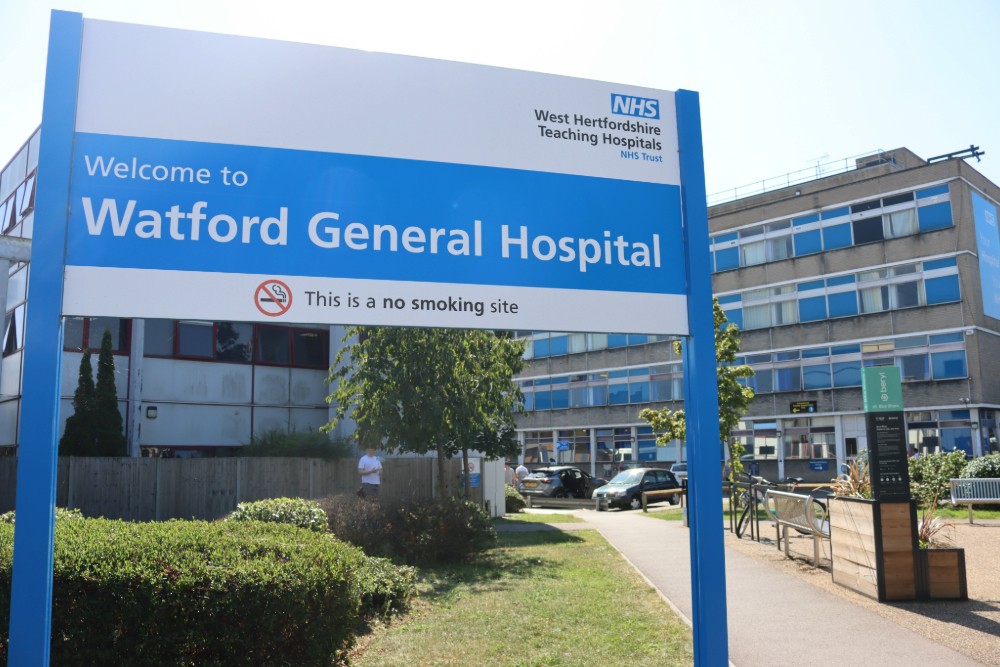
Redevelopment of Watford General Hospital takes step forward with £12m funding for next phase of the scheme
Date published: 8 May 2025
-
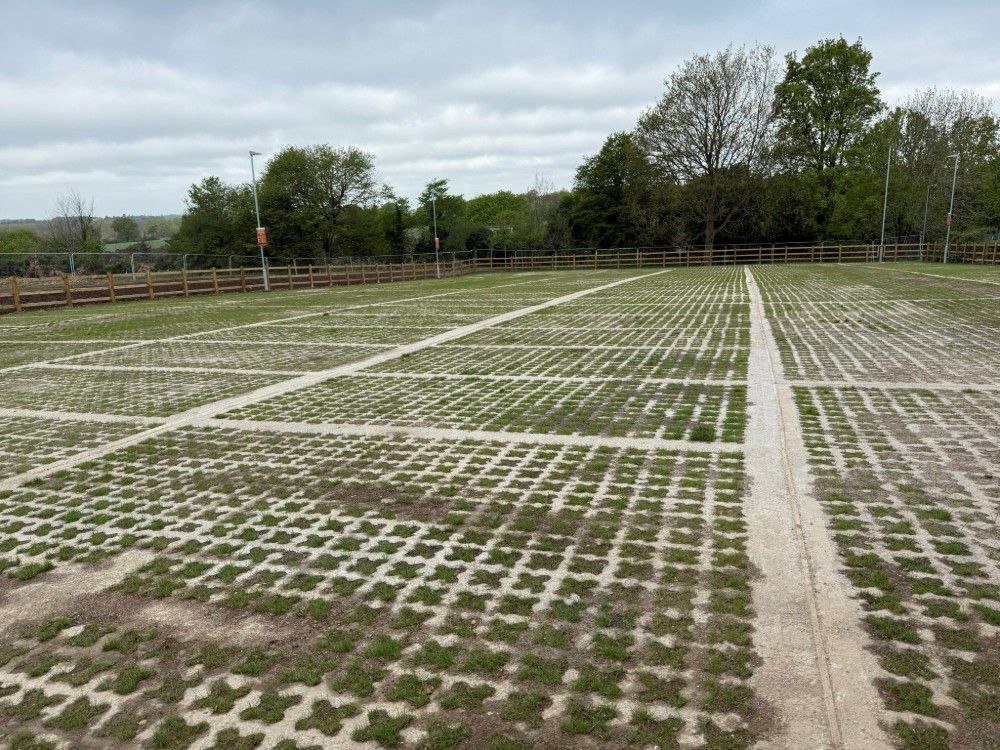
New staff car park opens at St Albans City Hospital
Date published: 6 May 2025
-

Doctors recognised for local community impact with national awards
Date published: 25 April 2025
-
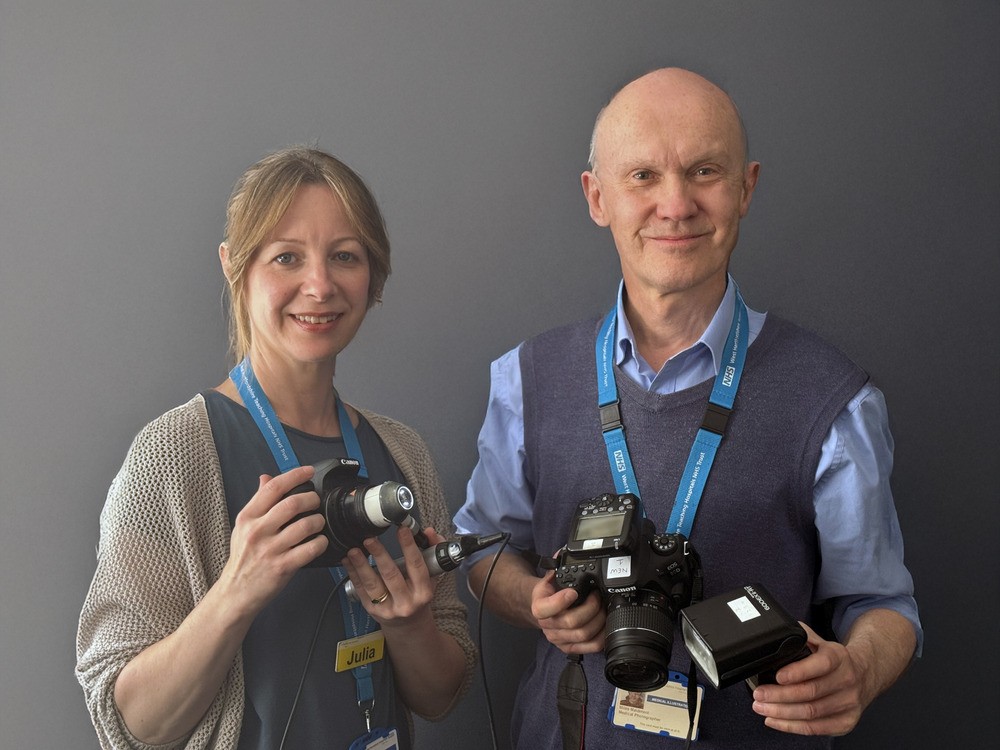
Snappier treatment for skin cancer thanks to joined up hospital services
Date published: 17 April 2025
-
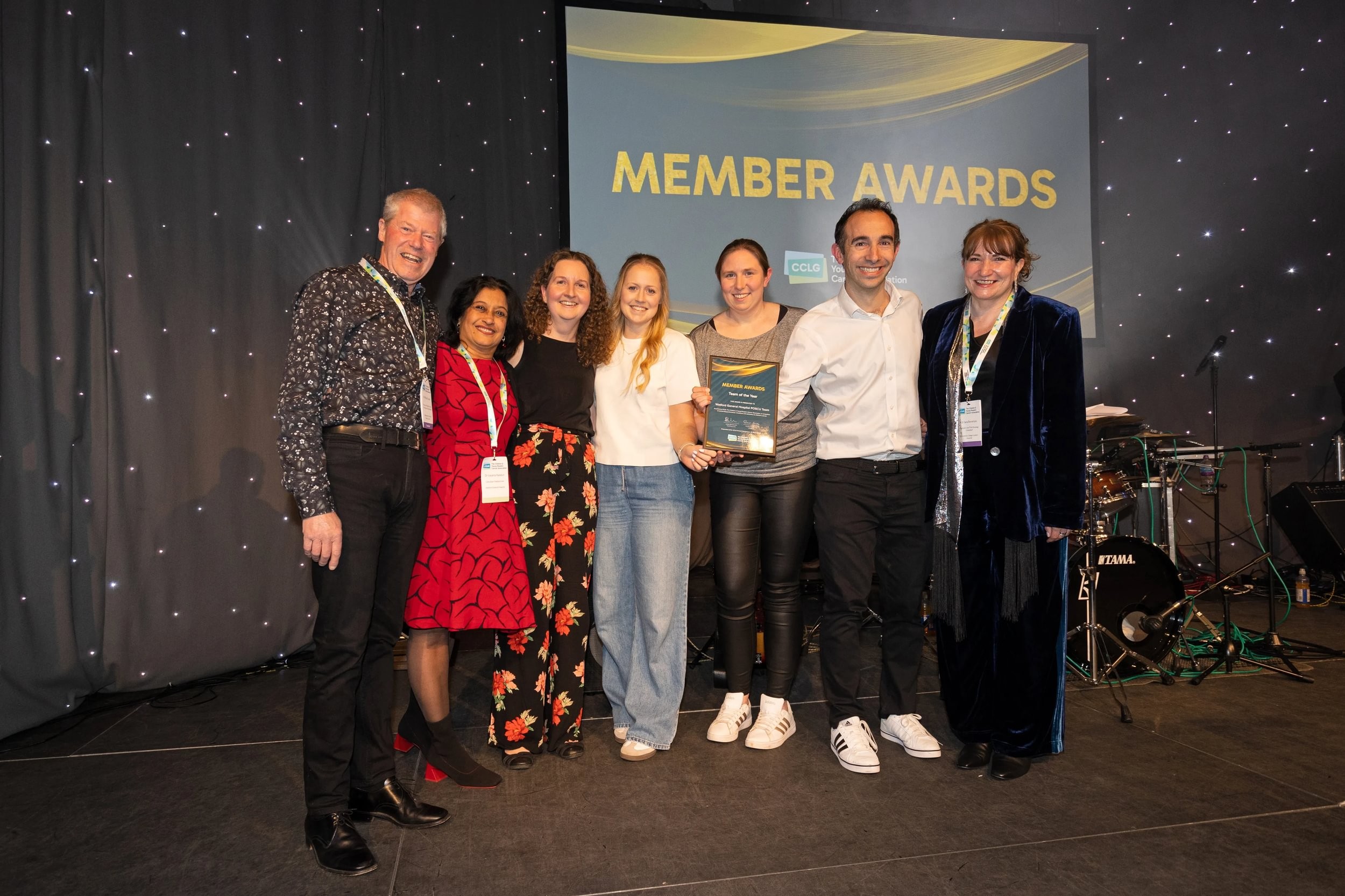
West Herts NHS Paediatric Oncology Team win ‘Team of the Year’ Award
Date published: 3 April 2025
-
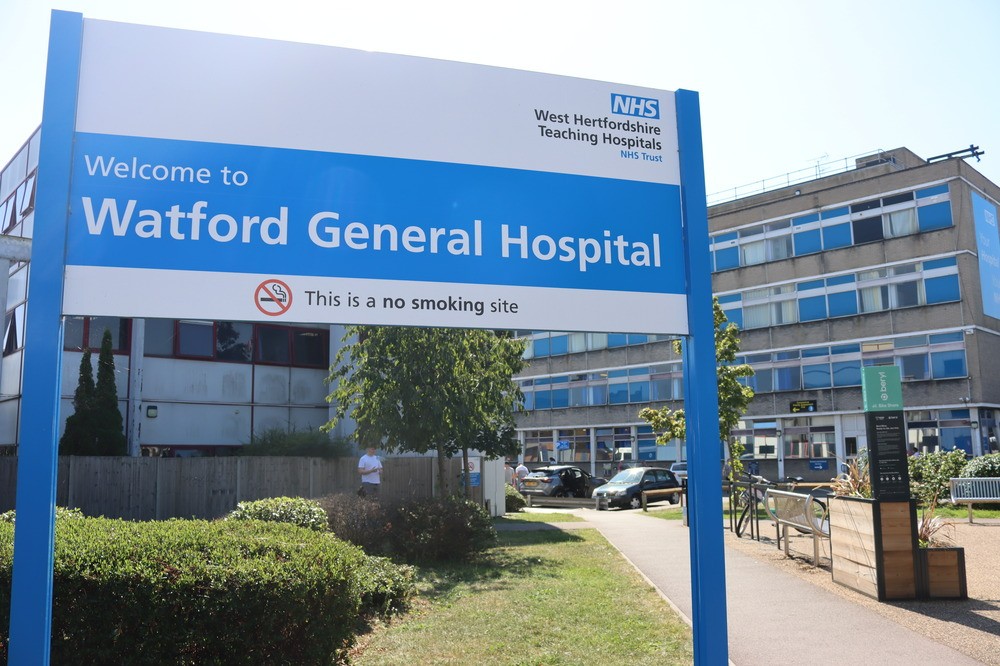
Please don't visit if you're unwell
Date published: 19 March 2025
-
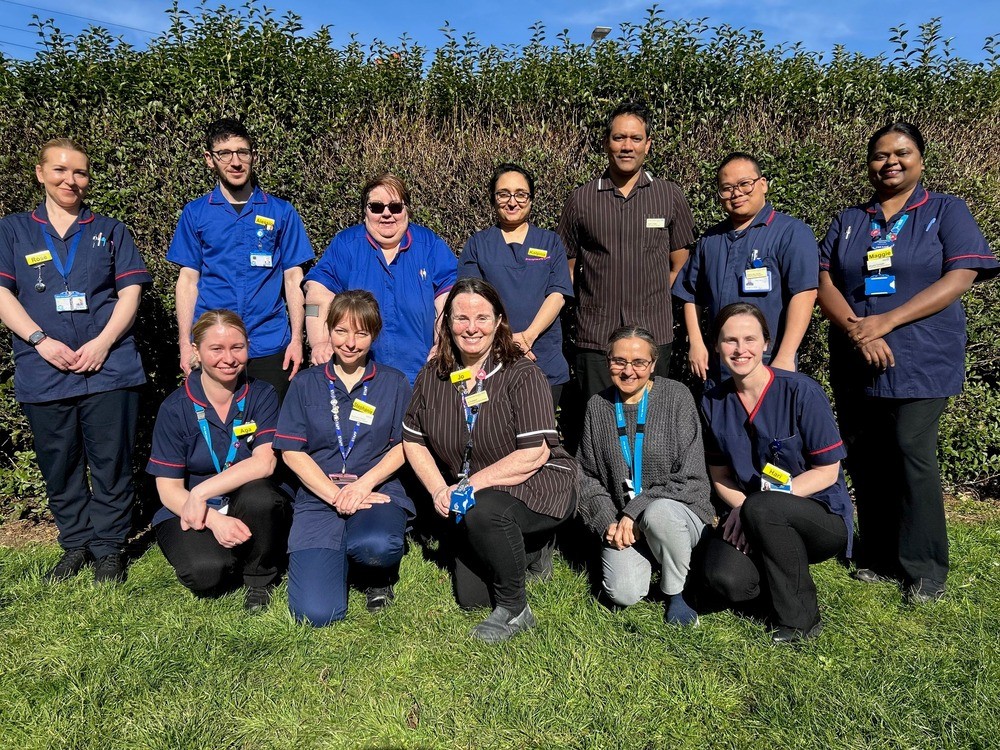
Student Nursing Times Awards recognises local Trust as great place to learn
Date published: 13 March 2025
-

Health and Social Care Minister visits patients and staff at Watford General Hospital
Date published: 7 March 2025
-
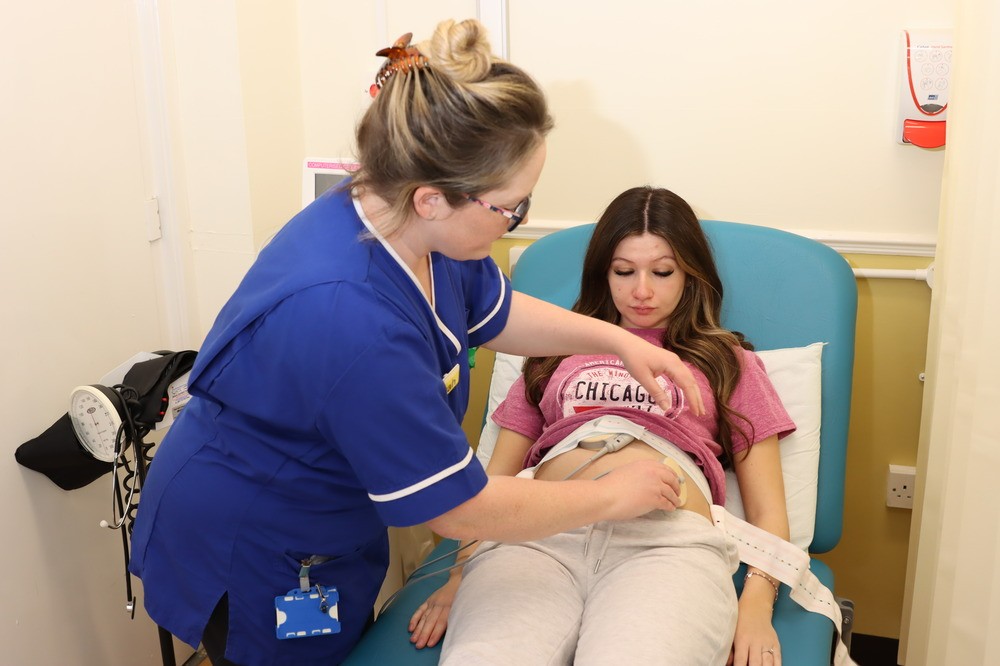
Introducing our new Patient Experience and Engagement Strategy
Date published: 12 February 2025